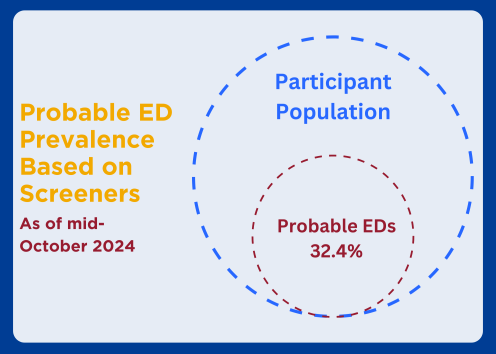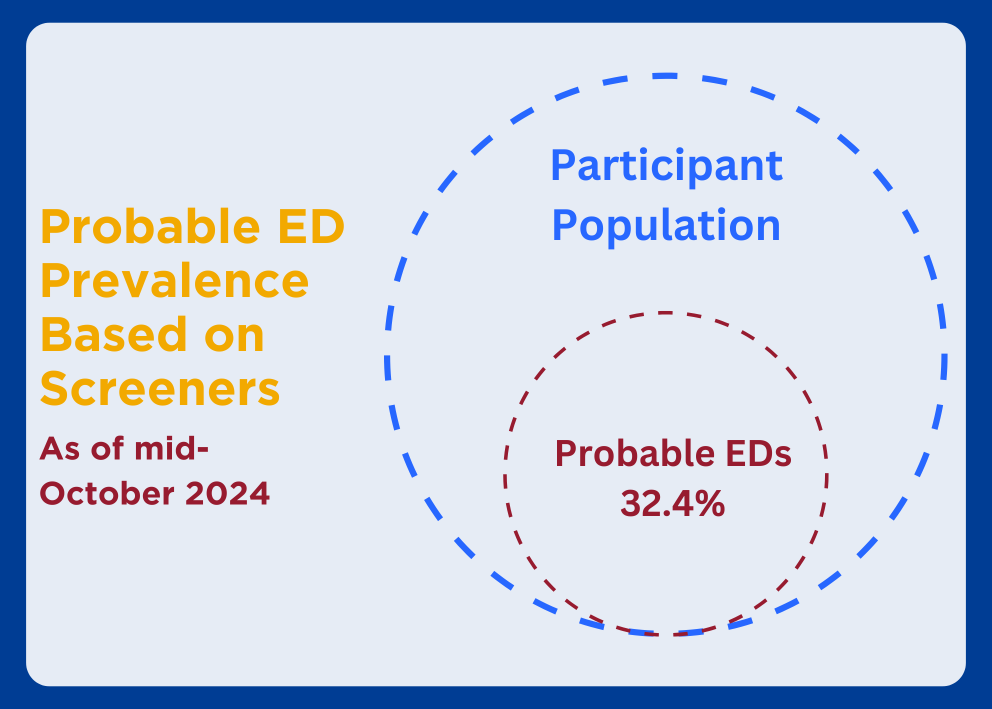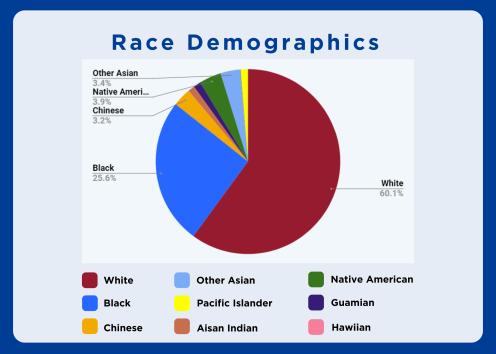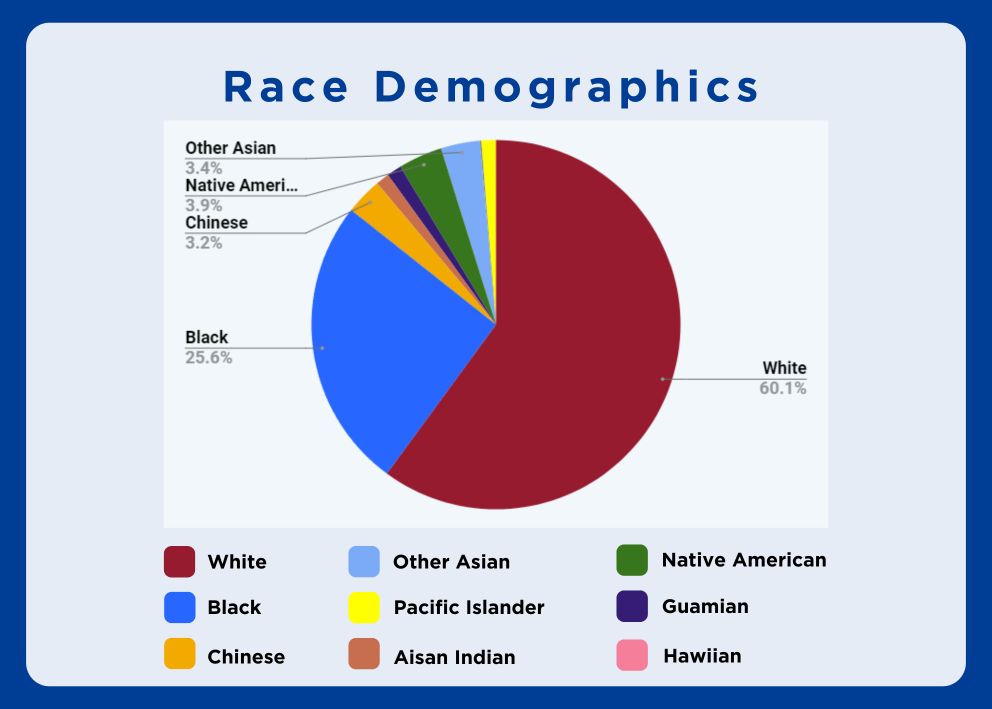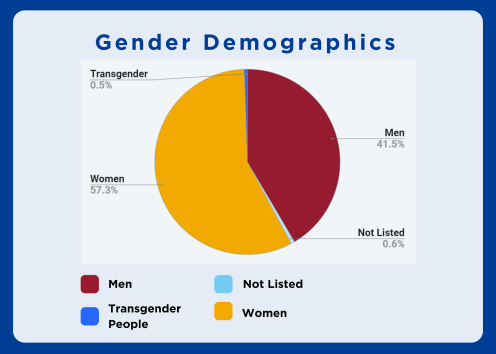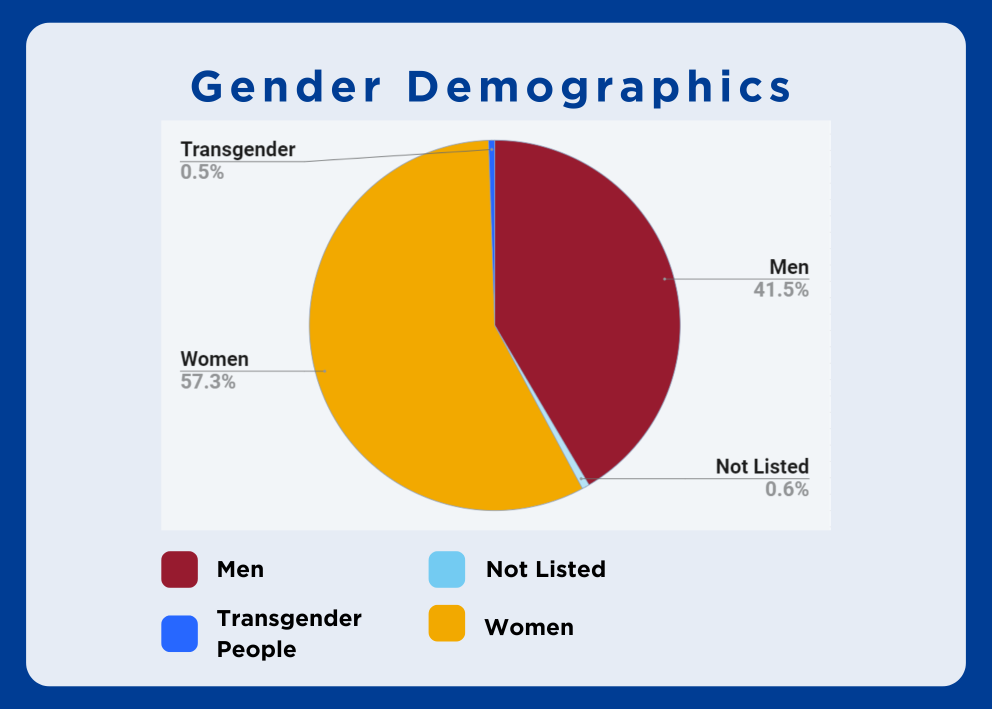Participants Demographics
We invited any servicemember who entered the military between February 2023 and January 2024 (about 157K individuals in total) to participate in the study. We returned a number of 1,146 responses so far.
